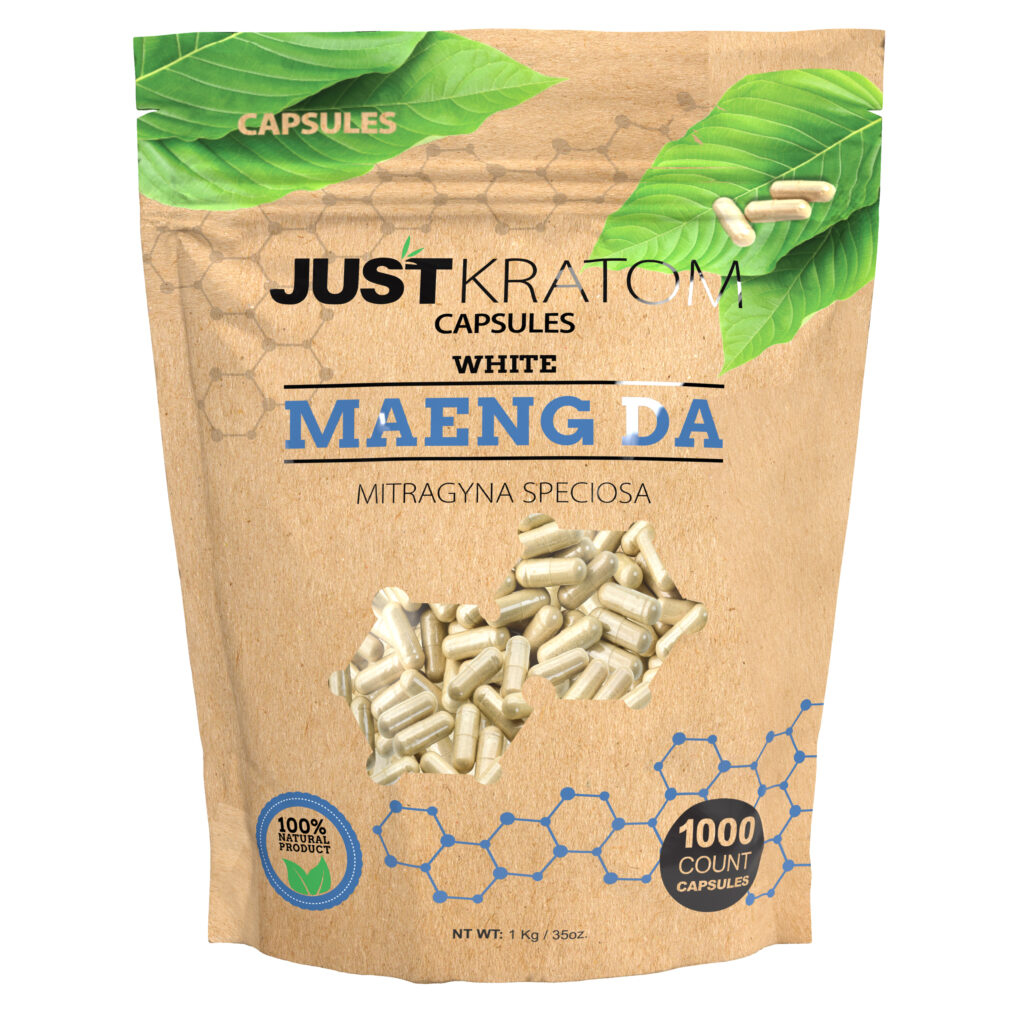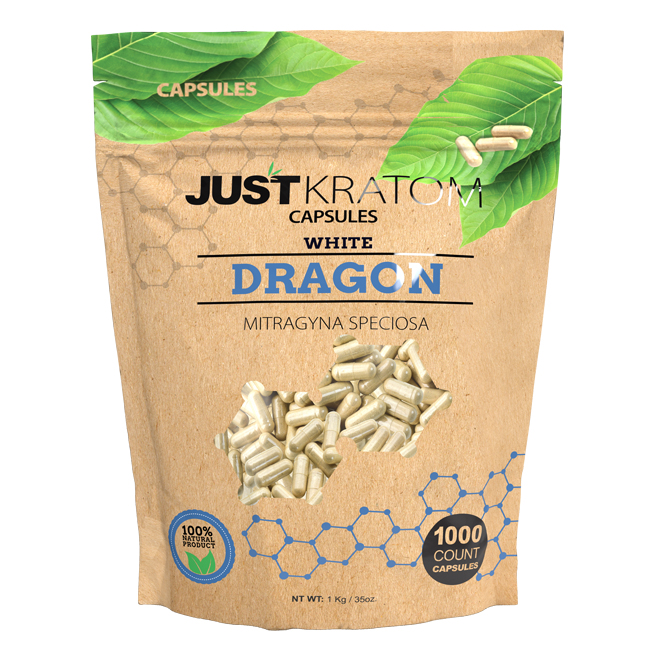Understanding Kratom Dosage
Navigating the world of kratom can feel overwhelming, especially when considering dosage. Understanding how much kratom to consume is crucial for experiencing its potential benefits while minimizing any adverse effects.
Starting Point
Starting with a low dose is essential when experimenting with kratom. A typical starting point for beginners is 2-3 grams of dried leaf or 1-2 capsules. It’s important to remember that individual responses to kratom can vary widely depending on factors such as body weight, metabolism, and tolerance.
After consuming your initial dose, wait at least 30 minutes to an hour before considering a second intake if needed. Pay close attention to how you feel throughout the experience. If you notice any negative side effects, it’s crucial to discontinue use and consult with a healthcare professional.
Adjusting Dosage Based on Experience
Adjusting your kratom dosage based on your experience is key to finding the sweet spot that provides desired effects without unwanted side effects. Beginners should start with a low dose (2-3 grams of dried leaf or 1-2 capsules) and gradually increase it as needed.
If you find the initial dose insufficient, you can incrementally increase it by 0.5-1 gram at a time, waiting for at least an hour after each intake to assess your response. It’s crucial to listen to your body and avoid exceeding what feels comfortable. Remember, more is not always better when it comes to kratom.
Regular users may find they need larger doses to achieve the same effects over time due to tolerance development. However, it’s important to be mindful of potential negative impacts associated with higher doses and avoid excessive consumption.
Factors Influencing Dosage Needs
Understanding kratom dosage is crucial for a safe and enjoyable experience. Factors influencing how much kratom you need include body weight, metabolism, tolerance, and the desired effects.
- Body Weight: Individuals with higher body weight may require larger doses compared to those with lower body weight.
- Metabolism: Faster metabolizers might need more frequent doses than those with slower metabolisms.
- Tolerance: Regular kratom users can develop tolerance, requiring higher doses to achieve the same effects.
- Desired Effects: The desired outcome (e.g., pain relief, mood enhancement, relaxation) can influence dosage as different strains and doses may have varying effects.
Choosing the Right Kratom Strain
Choosing the right kratom strain is essential for maximizing your experience and achieving your desired effects. Kratom comes in various strains, each with unique characteristics and potential benefits. Some strains are known for their uplifting and energizing properties, while others promote relaxation and pain relief.

Green Vein Kratom for Mood Elevation
When it comes to selecting a kratom strain for mood elevation, green vein kratom is often a popular choice.
- Green vein kratom typically offers a balanced blend of stimulating and relaxing effects, making it suitable for those seeking both upliftment and a sense of calm.

Red Vein Kratom for Relaxation
If you’re seeking relaxation and stress relief, red vein kratom strains are excellent choices. These strains are known for their calming and sedative properties. They can help induce a sense of tranquility, ease anxiety, and promote restful sleep.
Red Bali is a highly popular red vein strain favored for its potent relaxing effects.
Red Borneo is another notable option known for its strong analgesic properties, making it useful for managing pain while also promoting relaxation.
Preparation and Consumption Methods
Preparation and consumption methods for kratom are crucial for ensuring a safe and effective experience. Understanding the different ways to take kratom can help you achieve your desired effects while minimizing potential risks.
Taking Kratom Capsules
Kratom capsules offer a convenient and standardized way to consume kratom. They provide a pre-measured dose, eliminating the need for weighing and handling powdered kratom.
To take kratom capsules, simply swallow them whole with water or another beverage. You can consume them at any time of day, but many find that taking them in the morning or afternoon provides sustained energy and focus throughout the day.
For optimal absorption, it’s recommended to take kratom capsules on an empty stomach or at least 30 minutes before meals. This allows for better nutrient uptake and quicker onset of effects.
Other Consumption Options
Preparation and consumption methods for kratom are crucial for ensuring a safe and effective experience. Understanding the different ways to take kratom can help you achieve your desired effects while minimizing potential risks.
Kratom capsules offer a convenient and standardized way to consume kratom. They provide a pre-measured dose, eliminating the need for weighing and handling powdered kratom.
To take kratom capsules, simply swallow them whole with water or another beverage. You can consume them at any time of day, but many find that taking them in the morning or afternoon provides sustained energy and focus throughout the day.
For optimal absorption, it’s recommended to take kratom capsules on an empty stomach or at least 30 minutes before meals. This allows for better nutrient uptake and quicker onset of effects.
- Powdered Kratom:
- Tea:
- Kratom Shots:
Maximizing Effects
Maximizing the benefits of kratom involves understanding how to use it effectively. This means carefully considering your dosage, choosing the right strain for your desired outcome, and employing appropriate consumption methods.
Timing of Intake
The timing of your kratom intake can significantly influence its effects.
For individuals seeking energy and focus throughout the day, consuming kratom in the morning or early afternoon may be beneficial.
If you’re looking to unwind and promote relaxation at the end of the day, taking kratom a few hours before bedtime could be a suitable option.
Remember to listen to your body and experiment with different timings to determine what works best for you.
Potential Synergistic Herbs
To enhance the effects of kratom for mood elevation and relaxation, consider incorporating synergistic herbs into your regimen. Some herbs known to complement kratom’s properties include:
- Passionflower: This herb is renowned for its calming and relaxing effects, potentially enhancing kratom’s ability to reduce anxiety and promote a sense of well-being.
- Lemon Balm: With its mood-boosting and stress-reducing properties, lemon balm may amplify kratom’s uplifting effects while also contributing to overall relaxation.
- Ashwagandha: This adaptogenic herb can help the body cope with stress, potentially synergizing with kratom to promote calmness and reduce feelings of overwhelm.
It’s important to research the potential interactions between kratom and any other herbs you plan to use. Consulting with a healthcare professional before incorporating new herbs into your routine is always recommended, especially if you have any underlying health conditions or are taking medications.
Safety Precautions and Potential Side Effects
Before using kratom, it’s crucial to be aware of potential side effects and take necessary safety precautions. Kratom can cause nausea, dizziness, headaches, and constipation in some individuals. It’s important to start with a low dose and gradually increase it as needed while monitoring your body’s response.
Individuals with pre-existing medical conditions, pregnant women, nursing mothers, and those taking medications should consult with a healthcare professional before using kratom.
Moderation is Key
Moderation is key when it comes to kratom use. While it can offer potential benefits for mood elevation and relaxation, exceeding recommended doses or engaging in prolonged use can lead to adverse effects.
It’s essential to listen to your body and discontinue use if you experience any negative side effects. If you notice persistent discomfort, seek guidance from a healthcare professional.
Remember, kratom is not suitable for everyone. Individuals with certain medical conditions, pregnant or nursing women, and those taking medications should consult with a doctor before using kratom.
Contraindications and Interactions
Safety precautions are crucial when using kratom. Start with a low dose (2-3 grams of dried leaf or 1-2 capsules) and gradually increase as needed. Pay close attention to how your body responds. If you experience any adverse effects like nausea, dizziness, headaches, or constipation, discontinue use immediately and consult a healthcare professional.
Kratom can interact with certain medications, including antidepressants, opioids, and stimulants. It’s important to discuss kratom use with your doctor, especially if you are taking any medications.
Certain individuals should avoid kratom altogether. These include pregnant or breastfeeding women, people with liver or kidney problems, those with a history of substance abuse disorders, and individuals with pre-existing mental health conditions.
Addressing Potential Adverse Reactions
Before using kratom, it’s crucial to be aware of potential side effects and take necessary safety precautions. Kratom can cause nausea, dizziness, headaches, and constipation in some individuals. It’s important to start with a low dose and gradually increase it as needed while monitoring your body’s response.
- Nausea
- Dizziness
- Headaches
- Constipation
Individuals with pre-existing medical conditions, pregnant women, nursing mothers, and those taking medications should consult with a healthcare professional before using kratom.
Moderation is key when it comes to kratom use. While it can offer potential benefits for mood elevation and relaxation, exceeding recommended doses or engaging in prolonged use can lead to adverse effects.
It’s essential to listen to your body and discontinue use if you experience any negative side effects. If you notice persistent discomfort, seek guidance from a healthcare professional.
Remember, kratom is not suitable for everyone. Individuals with certain medical conditions, pregnant or nursing women, and those taking medications should consult with a doctor before using kratom.
Safety precautions are crucial when using kratom. Start with a low dose (2-3 grams of dried leaf or 1-2 capsules) and gradually increase as needed. Pay close attention to how your body responds. If you experience any adverse effects like nausea, dizziness, headaches, or constipation, discontinue use immediately and consult a healthcare professional.
Kratom can interact with certain medications, including antidepressants, opioids, and stimulants. It’s important to discuss kratom use with your doctor, especially if you are taking any medications.
Certain individuals should avoid kratom altogether. These include pregnant or breastfeeding women, people with liver or kidney problems, those with a history of substance abuse disorders, and individuals with pre-existing mental health conditions.
Buy Kratom capsules for stress-free days
- Why Vista Edge Vape Is A Game-Changer For Oil Cartridges - May 30, 2025
- Profhilo Treatment Near Crowhurst, Surrey - May 29, 2025
- Skin Pen Microneedling Near Bisley, Surrey - May 29, 2025
